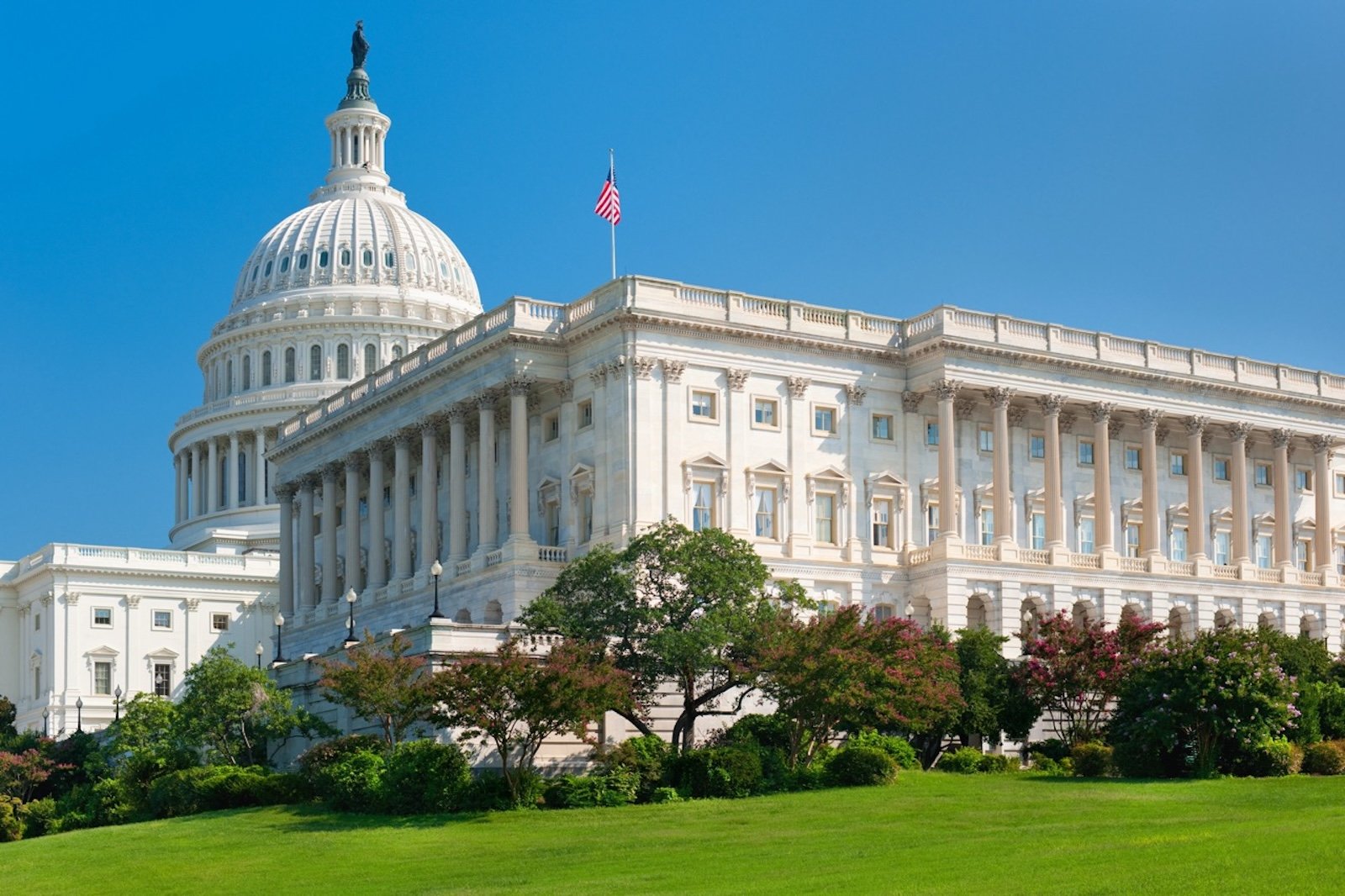For many Americans, Memorial Day marks the three-day long weekend and the start of summer. However, the holiday was initially created to commemorate those who sacrificed their lives serving the country.
The tradition has evolved so much over the years. While you might know the basics, plenty of intriguing details are less commonly discussed. Let’s get into them.
From Decoration Day to Memorial Day

The holiday was known as Decoration Day for over a century and was celebrated on May 30 before it was changed by federal law. On May 30, 1868, Gen. John A. Logan, a Union veteran organization’s commander in chief of the Grand Army of the Republic, called for a holiday to remember those who died in the Civil War. He wrote in the order “designated to strew with flowers or otherwise decorating the graves of comrades who died in defense of their country.”
Rooted in Ancient Traditions

Although the first Memorial Day event in the US didn’t occur until the late 19th century, honoring the fallen dates back thousands of years. One of the first public tributes to the war dead was observed in 431 B.C. when Pericles, then Athenian general and statesman, delivered a speech honoring those killed in the Peloponnesian War.
The ancient Romans and Greeks held remembrance days annually to celebrate the solemnity of their loved ones and soldiers with flowers and feasts. People in Athens held public funerals for the fallen after each battle, displaying the remains of the dead for public mourning.
A Late Federal Recognition

Memorial Day did not become an official nationwide holiday until the 1970s and during the Vietnam War. In its first year, over 27 states held ceremonies, including a grand one at Arlington National Cemetery with over 5,000 attendees. By 1890, every former Union state had made it an official holiday to honor the Civil War dead. It wasn’t until World War I that the holiday expanded to commemorate those killed in all American wars.
The Evolution of the Date

In 1971, the Uniform Monday Holiday Act shifted Memorial Day’s observance from May 30 to the last Monday of May. This change was implemented to spur travel and leisure while reserving a day for national remembrance. However, the change has sparked some controversy.
Veterans groups argue that the date change has shifted focus from honoring the nation’s war dead to marking the start of summer. For over 20 years, Senator Daniel Inouye, a World War II veteran, pushed for legislation to return the observance to May 30, continuing his efforts until he died in 2012.
The Significance of Red Poppies

In 1915, a cluster of bright red poppy flowers began to bloom among the war-torn lands of Northern France and Belgium. Canadian Lieutenant Colonel John McRae, who served as a brigade surgeon during the Second Battle of Ypres, was inspired by the sight and wrote a poem called “In Flanders Field.” This poem gives voice to the soldiers killed in the war and buried under the poppy fields.
Later that year, Moina Michael, a volunteer war worker from Georgia, read the poem in a journal and wrote one of her own, “We Shall Keep the Faith.” The aim behind writing this poem was to make the poppy a symbol of honor to those who died in the war, which remains so today.
Multiple Founding Cities

There has been a long conflict over which city was the first to celebrate the holiday. Boalsburg, Pennsylvania, claims to be the first based on an 1864 gathering of women to mourn those killed at Gettysburg. The people in Carbondale, Illinois, believe they were the first because of the 1866 parade. The parade was partly led by John Logan, who would also lead the charge for the official holiday two years later. Plus, two places of the same name, Columbus (one in Mississippi and the other in Georgia), have also been competing to be recognized as the true birthplace of Memorial Day.
Waterloo’s Official Recognition

Waterloo, New York, was officially recognized by the federal government in 1966 as the birthplace of Memorial Day, based on its 1866 commemoration ceremony. This recognition highlights the community’s early and formal efforts to set aside a dedicated day for honoring military personnel.
A Pioneering Commemoration by Freed Slaves

In one of the first known Memorial Day commemorations, formerly enslaved people in Charleston, South Carolina, organized a gathering in 1865 to honor fallen Union soldiers. This early event underscored the African American community’s role in shaping the holiday and their participation in the broader narrative of remembrance.
A National Moment of Silence

In 2000, Congress established the National Moment of Remembrance, asking Americans to pause at 3 PM local time on Memorial Day. This act encourages a unified moment of silence nationwide to reflect on the bravery and sacrifice of soldiers, reinforcing the solemnity and national significance of the day.
Flags Raised at Half-Staff

American flags are flown at half-staff on Memorial Day from sunrise until noon. This tradition serves to honor fallen soldiers and signify the nation’s mourning. After noon, flags are raised to the entire staff, symbolizing the resolve of the living to rise in their honor and continue forward.
The Tomb of the Unknown Soldier

The Tomb of the Unknown Soldier is a symbolic grave in Arlington National Cemetery that honors the war soldiers whose remains were not found or identified. Every Memorial Day, a wreath-laying ceremony is organized here in their remembrance.


